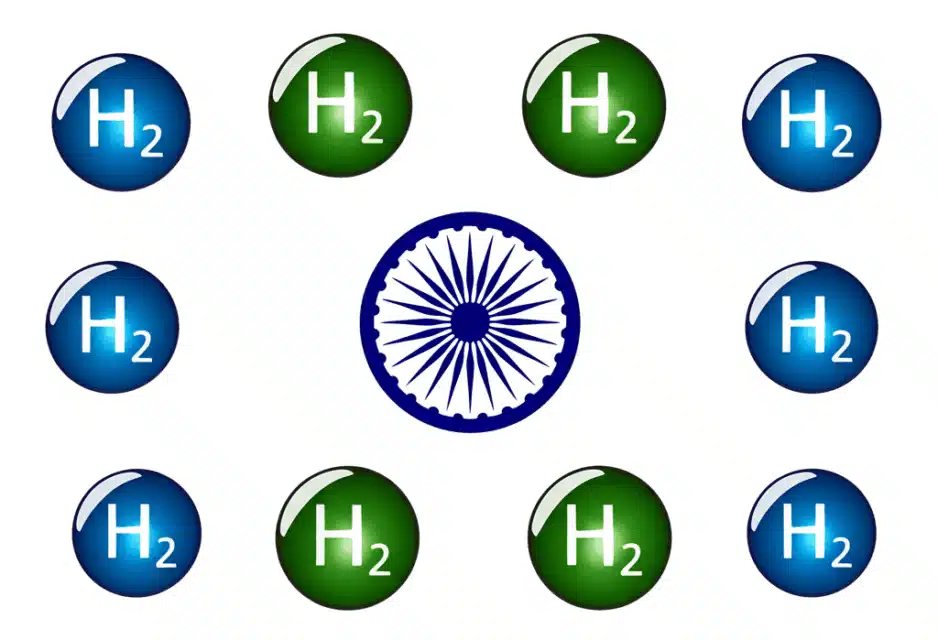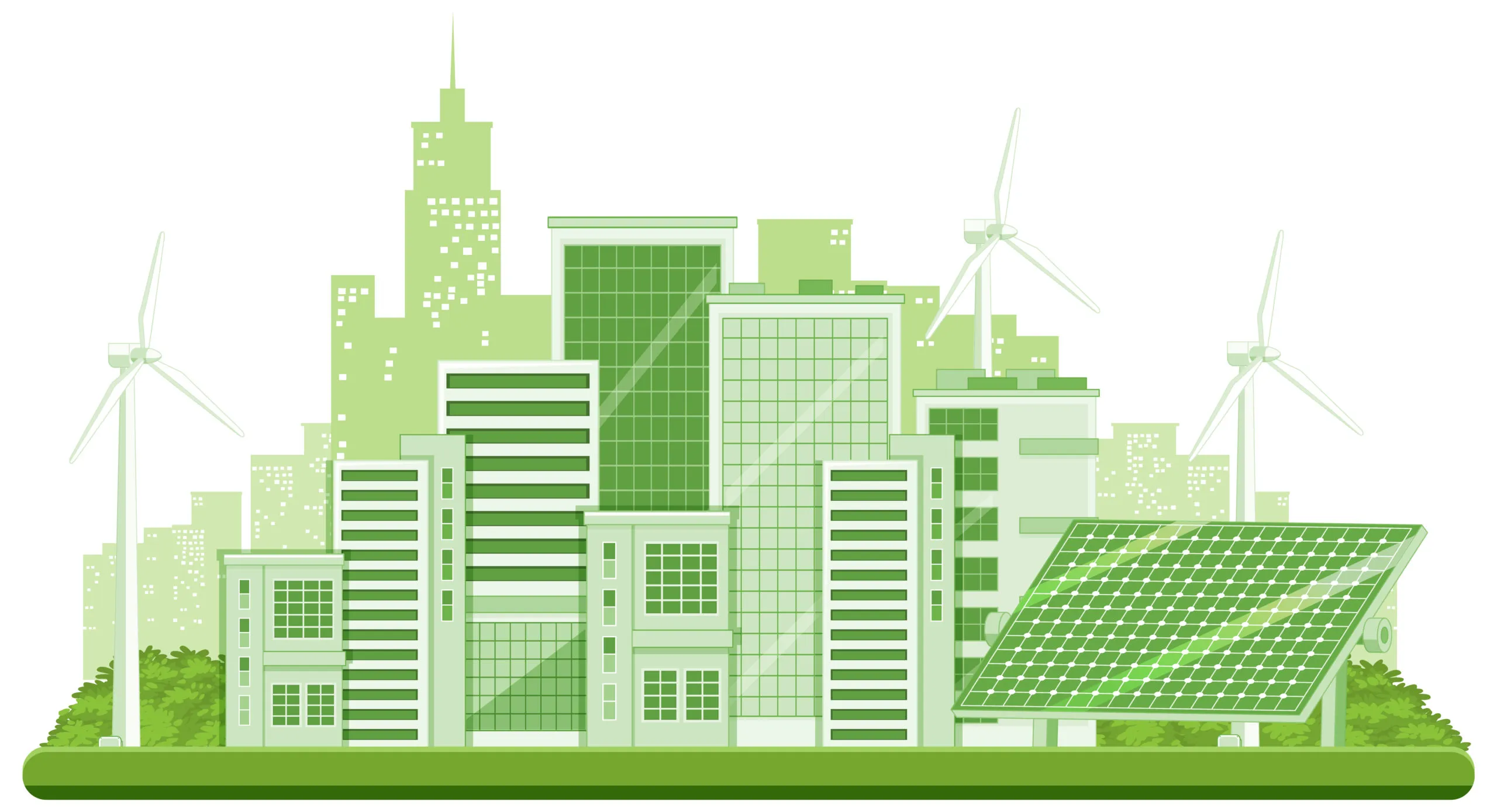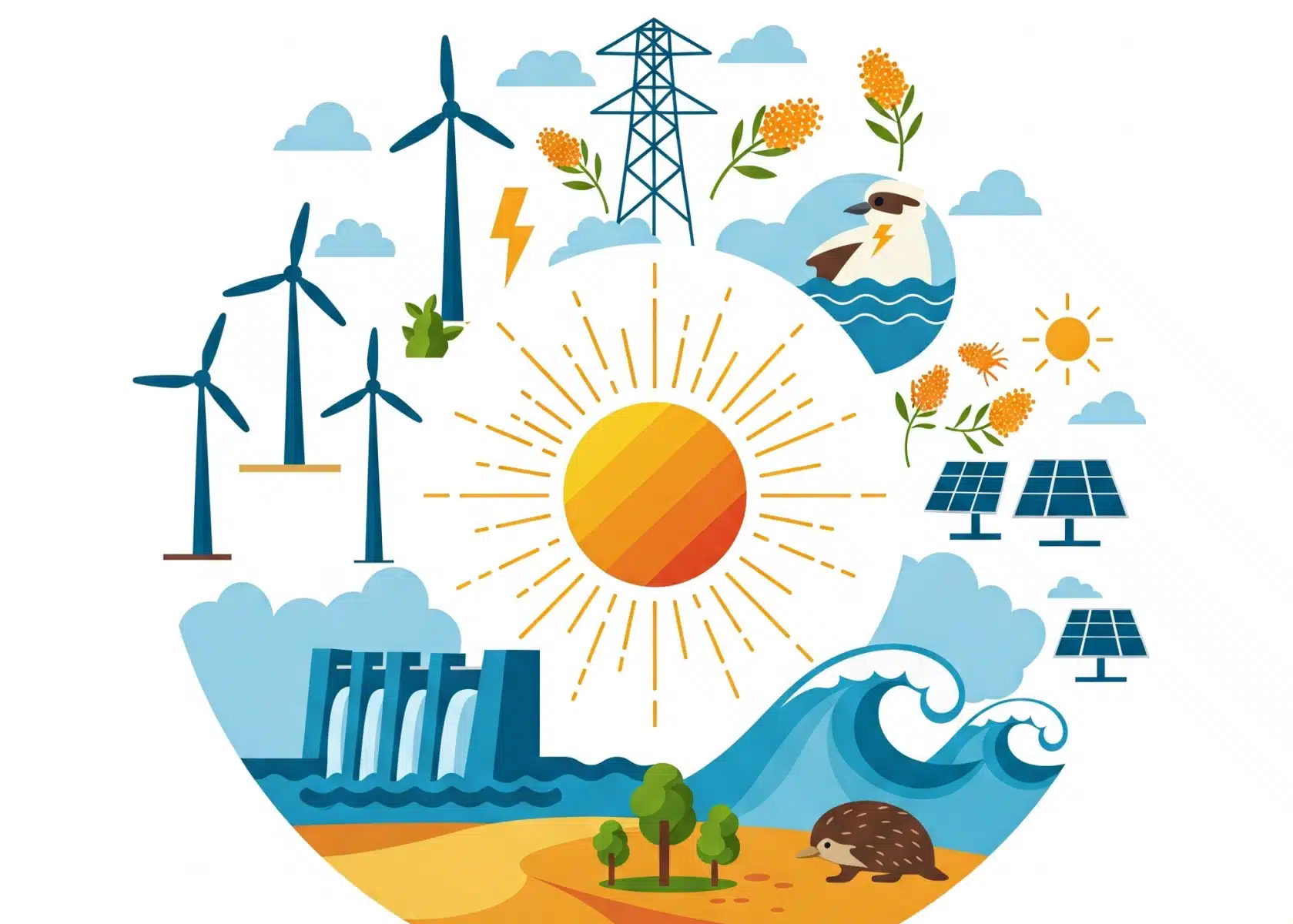Turning 24/7 Carbon-Free Energy Vision into Reality: Taiwan Steps Toward Sub-Hourly Matched T-RECs

With 3 million smart meters deployed and over 120 RE100 companies operating locally, Taiwan is positioned2https://www.ecct.com.tw/file/pdf/LCI/Vision%20to%20Realty%20A%20Net%20Zero%20Future.pdf to lead Asia’s 24/7 clean energy future. At the heart of this opportunity is Taiwan’s Renewable Energy Certificate (T-REC) system, designed with the vision of aligning electricity consumption with renewable generation in real time.
24/7 Carbon-Free Energy (CFE) ensures that clean electricity is being used in real time, hour by hour, which more accurately reflects actual emissions reductions. Traditional annual or monthly accounting methods can mask periods when fossil fuels are still powering operations, while granular matching accurately matching electricity consumption with renewable generation on an hourly—or even sub-hourly—basis. This level of precision helps organizations avoid greenwashing and strengthens their decarbonization claim.
T-REC system is equipped with the capability for sub-hourly tracking, backed by smart meter data reported in 15-minute intervals. The system was designed with granular verification in mind, ensuring high credibility and precision. While certificates are currently issued on a monthly basis, the infrastructure and data protocols are in place to support hourly matched Energy Attribute Certificates (EACs).
Enabling hourly matching is a competitive advantage for Taiwan by attracting global companies seeking high-integrity, verifiable clean energy to support their supply chain decarbonization efforts. Major companies such as Google are using Taiwan’s real-time, verifiable carbon-free electricity to achieve their decarbonisation strategies. Google announced its first geothermal energy purchase agreement in Asia, aiming to add 10 MW of carbon-free energy to Taiwan’s grid by 2029. These corporate initiatives are closing the investment gap for Taiwan’s clean energy infrastructure and contribute toward the country’s broader goal of achieving net-zero greenhouse gas emissions.
To understand how Taiwan’s T-REC system is positioned to support 24/7 carbon-free energy, we must first examine how the system has evolved, from its initial 15-minute matching to its current two-step allocation structure and the key upgrades still needed to enable fully time-stamped, hourly matched renewable energy claims.
Taiwan’s Renewable Energy Push: Strong Demand, Stronger Liberalization
Access to renewables is crucial for companies working to increase both the ability and quality of climate disclosure. Taiwan’s Financial Advisory Committee released ‘Corporate Governance 3.0 – Blueprint for sustainable development’ to require climate disclosure from listed companies. As for voluntary commitment, 185 Taiwanese companies have joined the SBTi in addition to the 120 RE100 companies with operations in Taiwan. As a global hub for semiconductors and data centers, Taiwan sits at the heart of international supply chains, and the stakes are only getting higher. Semiconductor manufacturing alone is projected to triple its electricity consumption in the coming years1, fueled by the expansion of advanced chipmaking and AI server facilities.
Recognizing these trends, Taiwan began liberalizing its electricity market with the 2017 Amendment to the Electricity Act. This marked a major turning point: after decades of monopoly control by the state-owned utility Taipower, the renewable energy sector was finally opened up to private players. Today, buyers can procure renewable electricity through self-generation, grid-connected or non-grid-connected PPA, or from licensed green energy retailers. (Fig.1) This is a big change in a national market that had operated under a government-owned monopoly utility.
The liberalization has facilitated the growth of corporate power purchase agreements (CPPAs), with green electricity traded via CPPAs reaching 2.49 TWh in the last 12 months of 2024, a 30% increase from 2023. The liberalization is in line with Taiwan’s climate ambition. In 2022, Taiwan formally announced its 2050 Net Zero target, aiming to cut emissions by 26–30% by 2030 and 36–40% by 2035, compared to 2005 levels. A massive grid shift is underway, with the government setting a goal for 60–70% of electricity to come from renewables by mid-century. Large energy users are already feeling the pressure. Companies consuming large amounts of power must source at least 10% of their electricity from renewables by 20252.
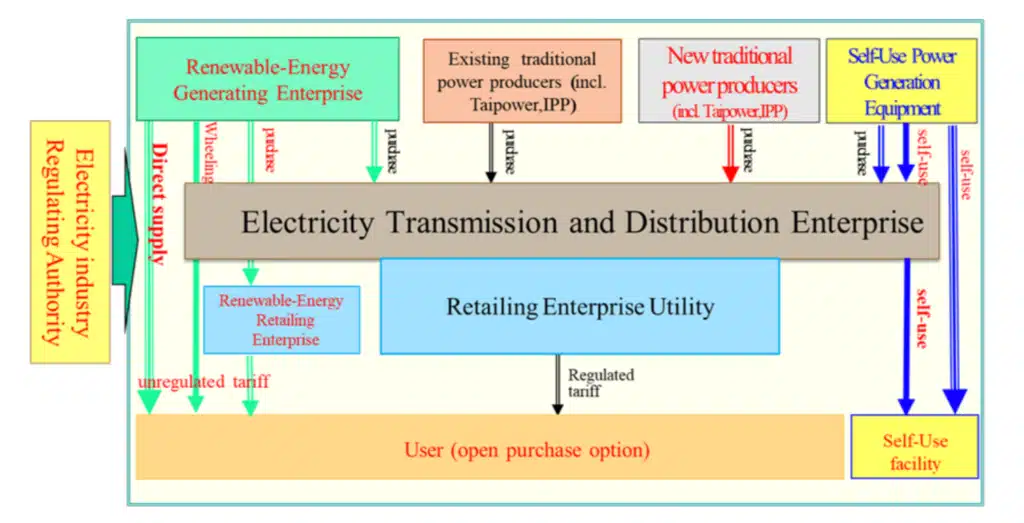
Figure 1. Taiwan’s Electricity Market Structure after 2017 reform (Source: Tai Power).
T-REC System: Built for Hourly Matching, Awaiting Full Activation
To verify the renewable electricity consumption claims, Taiwan established the Taiwan Renewable Energy Certificate (T-REC) system. In April 2017, Taiwan opened the T-REC Center, under the supervision of the Bureau of Standards, Metrology and Inspection (BSMI), an agency under the Ministry of Economic Affairs (MOEA). Each T-REC represents 1 megawatt-hour (MWh) of electricity generated from renewable sources such as solar, wind, biomass, hydro, or geothermal energy. Along with it, the government also created a market platform to match buyers with sellers. To date, close to 8 million T-RECs3 has been issued under the T-REC center.
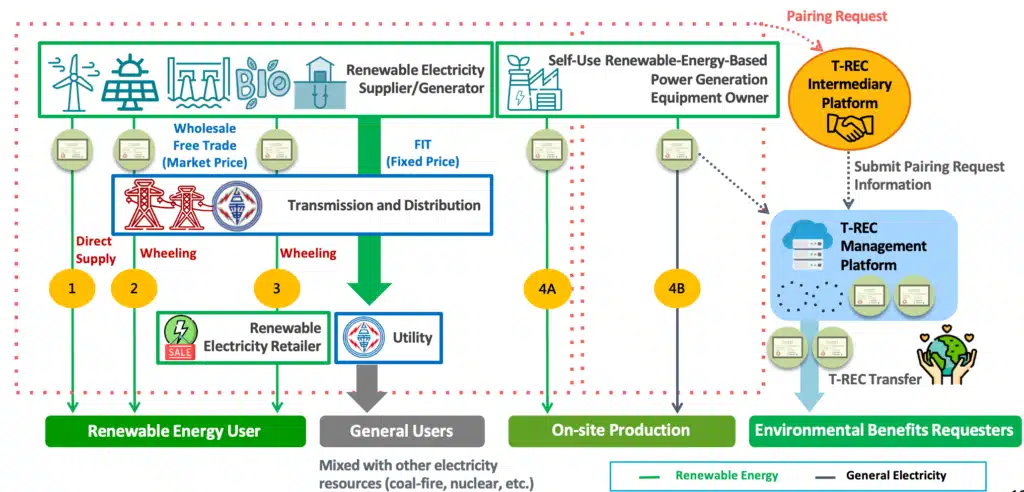
Figure 2. Renewable Energy Purchase Pipeline and Process in Taiwan.
Companies can now procure renewable electricity through acquiring T-RECs in the following ways.
- Direct/Physical PPA. Non-utility buyers sign a direct PPA with a renewable energy project. Electricity is delivered through either ‘independent direct supply’ (generators directly transmit electricity to the user through power lines) and ‘grid-connected direct supply’ (both sides are connected to the power grid). Generation and consumption are tracked via Advanced Metering Infrastructure (AMI). T-RECs are retired in sync with sub-hourly (15-minute) consumption.
- Through Retailers. Retailers, which procure T-RECs from IPPs, offer renewable energy supply options bundled with T-RECs to buyers.
- On-site Renewable Energy Generation. Buyer installs renewable energy systems at their own facilities and claims and retires the T-RECs from their self-generated power.
- Unbundled T-REC Purchase. Companies with excess T-RECs from self-generation can sell them to companies with demand for sustainability claims. Buyer purchases only T-RECs, without taking any electricity. Transactions happen through bilateral negotiations or on the Taiwan T-REC market platform. However, such purchases are minor, accounting for only 1% of all purchases.
This opened up various avenues for corporations to meet their growing green energy demand.
From 15-Minute Matching to Two-Stage Allocation: Balancing Precision and Flexibility
Taiwan’s T-REC system was designed around a core principle: “electricity generation and consumption must occur at the same time.” This led to the creation of a 15-minute interval matching mechanism that matches renewable generation and consumption data to determine the volume of electricity that qualifies for a T-REC. This framework reflects the spirit of 24/7 carbon-free electricity, ensuring that clean energy is verifiably consumed at the same moment it is generated.
However, the mechanism encountered technical difficulties due to the intermittent nature of renewable energy. When renewable electricity supply is low, users striving to meet fixed renewable usage targets may be unable to match enough volume during specific intervals. Conversely, when generation exceeds consumption, the excess clean electricity cannot currently be reallocated to other users in real time under the first-stage 15-minute matching mechanism.
To address this imbalance, a regulatory revision in 2022 introduced a second-stage allocation mechanism. Here is how it works.
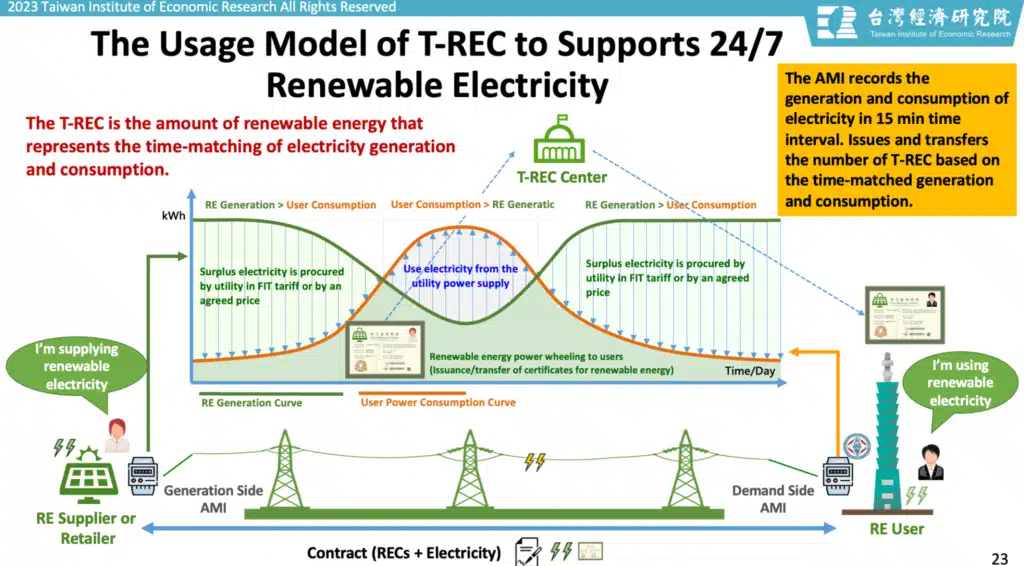
Figure 3. Usage Model of Taiwan Renewable Energy Certificates (T-REC). (Source: Taiwan Institute of Economic Research).
- Advanced Metering Infrastructure (AMI) tracks generation and consumption data in 15-minute intervals.
- Matching is done by the Taipower company, based on the power consumption curve, the generation curve, and the matching rule.
- The electricity produced and consumed within the 15-minute frame matching.
- Excess parts can go through monthly matching depending on the tariff periods. (Off-peak, peak, shoulder, and Saturday shoulder).
- Taipower will inform the T-REC center of the matching result to issue T-REC monthly, so that the T-RECs issued are issued at monthly data.
T-RECs Use Sub-Hourly Generation Data, But Certificates Lack Time Stamps
Under the two-stage allocation mechanism, the generation period on the certificate is indicated only in monthly terms, without specifying the exact time of electricity production. This poses challenges for consumers and market participants who require more granular data for accurate tracking, verification, and alignment with international reporting standards.
Taiwanese authorities are actively considering reintroducing stricter matching standards on a 15-matching basis. Studies and early-stage simulation are being conducted to launch a wholesale renewable electricity market where the excess electricity not matched within the 15-minute interval can be sold on the market, allowing the certificate to be based on a strictly 15-minute matching mechanism.
Looking Ahead: What Taiwan Must Do to Lead in 24/7 CFE
Despite the monthly issuance rule and the lack of time stamp, Taiwan’s T-RECs remain the most robust in the APAC region. It verifies real-time usages of renewable electricity and eliminates double-counting at its foundation.
One of the key strengths of Taiwan’s T-REC system is its nationwide network of smart meters and digital monitoring systems. The sub-hourly production and consumption data matching is enabled by Taiwan’s massive rollout of Advanced Metering Infrastructure (AMI).
Taiwan’s push for grid modernization began as a response to rising electricity demand, occasional power outages, and the urgent need for greater energy security. To improve grid reliability, Taipower started rolling out high-voltage smart meters in 2014, followed by low-voltage installations across the country in 2019. By the end of 2024, over 3 million smart meters had been deployed, covering more than 80% of Taiwan’s electricity consumption. AMI enables detailed tracking of both electricity generation and usage in 15-minute intervals.
The infrastructure and system designs place Taiwan in a uniquely strong position to adopt Granular Certificates (GCs) — certificates that are hourly time-stamped to reflect real-time renewable energy production. GCs are critical for enabling true 24/7 clean energy matching and ensuring transparency and integrity in energy claims. While PPAs are already settled on a 15-minute basis through Taiwan’s T-REC system, these certificates are typically used to verify overall energy procurement. Time-stamped T-REC enables real-time tracking of the environmental attributes of grid-delivered electricity under the PPA, particularly when used in unbundled form or for 24/7 Carbon-Free Energy (CFE) matching.
With minimal adjustments, Taiwan could move quickly to lead the APAC region in implementing global best practices like those promoted by EnergyTag. The pathway to full granular tracking will be a step-by-step process, but each step helps future-proof Taiwan’s grid, strengthens corporate sustainability claims, and solidifies Taiwan’s leadership in the clean energy transition.
Key Takeaways:
- Improving Advanced Metering Infrastructure (AMI) future-proof the grid.
- It is a step-by-step process towards the implementation of a full-fledged Granular Energy Attribute Certificates.
- Regulations Governing the Chartered Capacity on Electricity Consumption Agreements Which the Users Shall Install Renewable Energy Facilities for Exceeding a Certain Capacity (一定契約容量以上之電力用戶應設置再生能源發電設備管理辦法) ↩︎
- Number of T-REC issued by May 9 is 7,973,481 according to T-REC center https://www.trec.org.tw/ ↩︎
- https://esg.businesstoday.com.tw/article/category/190807/post/202412170005 ↩︎


